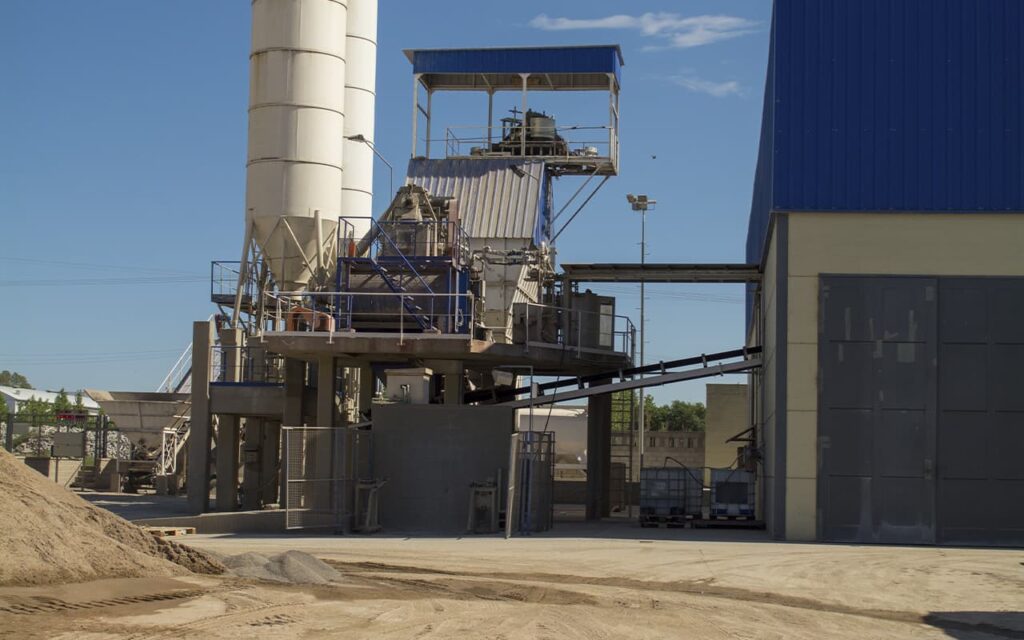The field of archaeomaterials research has enormous potential to shed light on past innovation processes. However, this potential has only been partially recognized beyond the immediate practitioners, despite the fact that innovation and technological change are topics of ongoing interest in archaeology and the broader social sciences. This review explores the relationship between archaeomaterials research and the interdisciplinary study of innovation, and maps out a pathway for greater integration of materials analysis into these discussions.
To facilitate this integration, this review has three goals. First, I sketch the theoretical landscape of approaches to the study of innovation in archaeology and related disciplines. I trace how theoretical traditions such as evolutionary archaeology have influenced approaches to questions of technological change related to the use of archaeological materials, as well as highlighting instances where the work of archaeological materials researchers has anticipated trends in the anthropology of technology.
The greatness of history lies not only in events and great personalities, but also in innovations and technological progress that have shaped the face of eras and civilizations. Archaeology, as a time machine, allows us to look back in time through the prism of technologies that made everyday life easier and shaped society. In this article, we explore the fascinating world of archaeological research into past technologies and how they reveal the treasures of bygone ages.
Archaeological studies of past technologies give us a unique opportunity to learn about the innovations that were used in a particular era. From primitive tools to sophisticated mechanisms, each find tells us how humanity improved its methods and processes in an effort to live a more comfortable and efficient life.
With the development of modern technology, archaeologists have acquired new tools to uncover the technological secrets of the past. Scanning, 3D modeling, and analysis of the chemical compositions of materials all allow us to look at artifacts and structures from a new, deeper perspective. Using laser scanning, we can create precise digital copies of artifacts, preserving them for the future and making them available for research and education.
